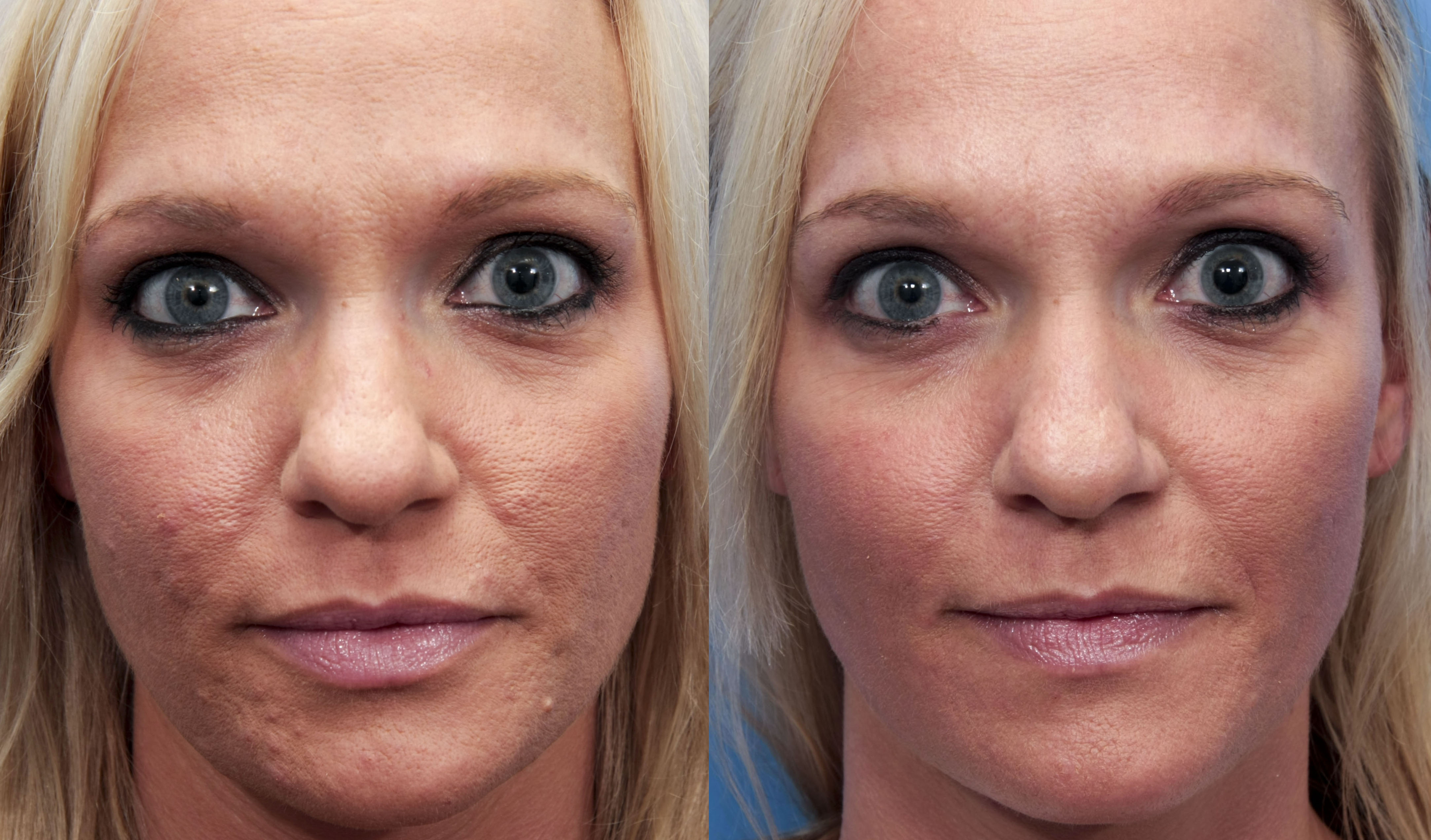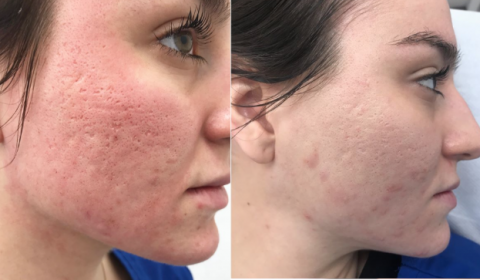Skin Rejuvenation Treatments: Renew Your Skin and Lower Acne Scars
Skin Rejuvenation Treatments: Renew Your Skin and Lower Acne Scars
Blog Article
Comprehending the Numerous Skin Disease and Efficient Treatment Choices for Acne Scars
Acne scars stand for an intricate interplay of skin disease that considerably effect people' self-esteem and total skin health and wellness. Recognizing the distinct kinds of acne marks-- atrophic and hypertrophic-- together with their underlying causes, is pivotal for determining efficient therapy techniques. Numerous healing alternatives exist, ranging from advanced skin-related procedures to all-natural treatments. However, the efficiency of these treatments usually pivots on personalized assessments by qualified specialists. As we check out the landscape of acne mark management, it becomes noticeable that the trip towards clearer skin may entail more than simply topical remedies.
Types of Acne Marks

In contrast, hypertrophic marks arise from an overproduction of collagen throughout the healing process, leading to increased locations on the skin. These scars are usually firm and can differ in shade, in some cases showing up red or darker than the surrounding skin.
Recognizing these sorts of acne marks is crucial for establishing an efficient treatment plan - skin rejuvenation treatments. Choices might include chemical peels, laser treatment, microneedling, or facial fillers, tailored to the details scar kind. A detailed assessment with a skin specialist can help determine one of the most ideal treatment, considering the individual's skin kind, mark severity, and overall skin wellness
Sources Of Acne Scarring
Scarring takes place as an outcome of the body's natural healing reaction to inflammation and injury triggered by acne lesions. When acne kinds, it causes an inflammatory response, resulting in the release of different cytokines and growth aspects that advertise healing. Nevertheless, this process can often result in extreme cells formation or insufficient repair, causing marks.
The main root causes of acne scarring include the severity of the acne itself, duration of the lesions, and individual skin kinds. Extreme inflammatory acne, such as blemishes and cysts, is more probable to lead to scarring because of deeper tissue damages. Additionally, inappropriate handling of acne sores, such as choosing or squeezing, can intensify tissue injury and swelling, boosting the possibility of scarring.
Genetic proneness also plays a significant function; individuals with a family history of scarring are at a greater risk. Skin type and shade can influence mark development, as darker skin tones may experience post-inflammatory hyperpigmentation, while lighter skin might develop atrophic scars.
Inevitably, recognizing these causes is important in managing acne and minimizing the capacity for scarring.

Therapy Alternatives for Scarring
Effective therapy alternatives for acne scarring differ relying on the type and intensity of the scars. Usually classified into atrophic, hypertrophic, and keloid scars, these problems call for customized approaches for ideal results.
For atrophic marks, which are identified by a loss of tissue, treatments such as chemical peels, microdermabrasion, and laser therapy are typically used. These techniques advertise skin renewal and boost collagen manufacturing, thus improving skin appearance. Subcision, a minimally intrusive procedure, can likewise be effective by damaging up fibrous bands below the skin.
Keloid and hypertrophic scars can be extra testing to treat. Choices consist of corticosteroid injections to reduce swelling and squash the scars. Sometimes, cryotherapy or laser treatment might be recommended to reduce their appearance.
Surgical choices are available for serious scarring, where excision or skin grafting may be necessary. It's crucial for individuals to seek advice from a skin doctor to examine their certain mark kind and go over the most appropriate treatment strategy. Incorporating multiple therapies frequently generates the most effective outcomes, guaranteeing that each client's unique skin problem is attended to efficiently.
Home Remedies and Natural Solutions
All-natural remedies and natural remedy can provide an easily accessible technique for people seeking to enhance the look of navigate to these guys acne scars (acne and acne scars treatment). Different active ingredients found in the home kitchen area have demonstrated potential benefits in enhancing skin texture and advertising healing

Another effective choice is lemon juice, which acts as an all-natural exfoliant and can lighten hyperpigmentation. It needs to be utilized cautiously, as it may trigger photosensitivity. Oatmeal masks are also helpful; their mild exfoliation can help eliminate dead skin cells while relaxing irritation.
Vital oils, such as tea tree oil and lavender oil, can even more sustain scar healing as a result of their antimicrobial buildings. It is essential to perform a patch examination prior to using any type of solution to ensure there are no adverse responses. These all-natural services can be a corresponding approach in the journey to reduce acne marks.
Preventing Future Scarring
Taking on an aggressive method to skin care can substantially reduce the risk of establishing future acne marks. One of the crucial approaches is to handle acne successfully as it emerges. This involves making use of non-comedogenic skin care items and medicines suggested by dermatologists that target acne without aggravating the skin. Normal cleaning, exfoliation, and hydration can help preserve skin health and stop clogged pores.
In addition, staying clear of the temptation to squeeze or pick acne lesions is essential, as this can lead to inflammation and subsequent scarring. Rather, individuals should concentrate on applying topical treatments that advertise recovery and minimize inflammation. Ingredients such as salicylic acid, benzoyl peroxide, and retinoids are understood for their efficiency in handling acne and reducing scars.
Sunlight defense is one more crucial element; exposure to UV rays can hinder and darken marks healing. Using a broad-spectrum sun block daily can alleviate these impacts.
Lastly, preserving a healthy diet regimen rich in antioxidants and remaining hydrated assistances skin regeneration. By applying these safety nets, people can dramatically reduce their threat of future scarring and promote overall skin health.
Verdict
In final thought, a detailed understanding of acne marks, incorporating both atrophic and hypertrophic types, is important for effective therapy approaches. Consultation with a dermatologist remains important to design tailored approaches that take into consideration individual skin kinds and mark severity, eventually enhancing the efficacy of mark management techniques.
Acne scars stand for a complex interplay of skin problems that significantly influence people' self-confidence and total skin wellness. The two key groups of acne marks are hypertrophic and click now atrophic scars. These scars are further classified right into 3 subtypes: ice pick scars, which are deep and narrow; boxcar marks, which are broader and have well-defined edges; and rolling marks, which develop a wave-like appearance due to uneven pop over here skin texture.
A complete assessment with a skin specialist can help establish the most ideal treatment, taking into account the individual's skin kind, scar severity, and total skin health and wellness.
Assessment with a dermatologist continues to be imperative to design tailored methods that consider private skin types and mark extent, eventually enhancing the efficacy of mark monitoring techniques.
Report this page